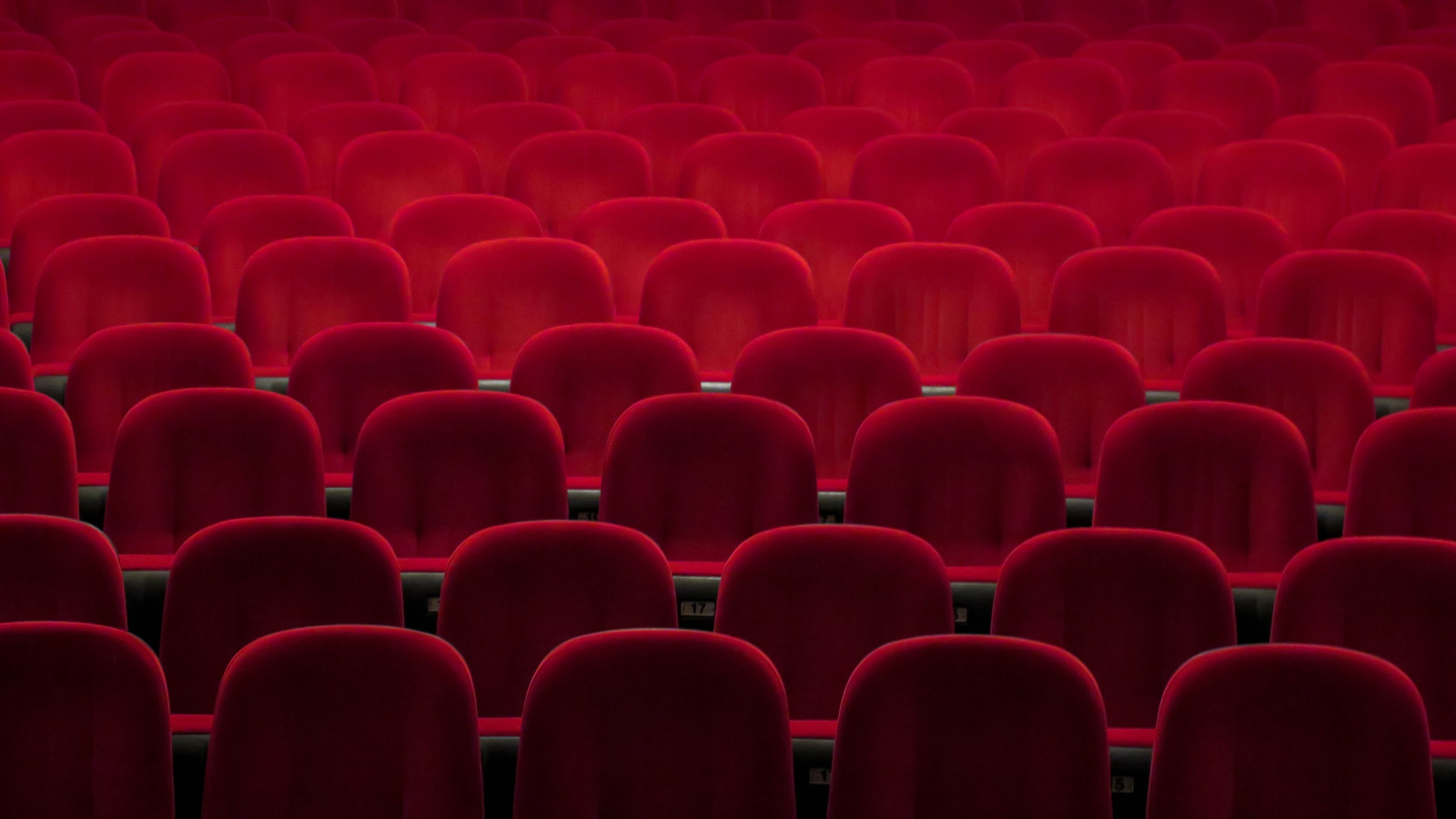Why film has the creative full stop advantage

Photo: Denise Jans

As the summer holidays begin, and Netflix starts feverishly planning for its strategic pivot into advertising, the impact of the unfolding attention recession will start being felt in video streaming. Across the northern hemisphere, record temperatures and the appeal of in real life (IRL) alternatives to staring at screens are now at their most appealing. Both calls to de-prioritise streaming are a direct result of human intervention as post-lockdown pent up demand combines with climate change to drive renewed interest in life temporally lived outside the digital ecosystem.
Traditionally summer was the time of the Hollywood blockbuster, when studios would compete among themselves to deliver the definitive audio-visual experience of the holidays. Potential audience demand ranged from families on summer holidays to adults keen to escape the confines of home living. Occasionally, the worlds of family entertainment and adult escapism combined through era defining hits such as the Star Wars Trilogy (subsequently re-branded by its studio Lucas Film as prequels to appeal to the first discovery biases of a subsequent generation of fans). Often, duel zeitgeisty must-see hits thrived in this appointment-to-view period. Summer 2022 is currently witnessing a re-run of the pre-streaming Hollywood golden era as both Top Gun: Maverick and Minions: The Rise of Gru surpass expectations, humbled by two years of stop-start movie-going hiatus.
In the era of the show runner, the disciplined time limits of film stand out
Featured Report
India market focus A fandom and AI-forward online population
Online Indian consumers are expected to be early movers. They are high entertainment consumers, AI enthusiasts, and high spenders – especially on fandom. This report explores a population that is an early adopter, format-agnostic, mobile-first audience, with huge growth potential.
Find out more…
The rise of episodic scripted drama was the calling card of scripted video on demand (SVOD) as it pushed beyond early adopters and into the mainstream. Netflix’s savvy use of engagement data enabled it to weaponize content by commissioning originals, combining proven genre-driven story lines with A-lister actors and showrunners, to re-boot fandom intellectual property (IP) for the digital era. The upside was exclusive, expensive, and zeitgeisty content that acted as sales promotional collateral for driving subscriptions sign ups and advertising the on-demand, contract free, and unique selling point of SVOD. The downside was escalating content commissioning costs for the streaming services and the TV networks competing against them. The lasting legacy was the decoupling of showrunners from the constraints of scheduling and advertising. This has enabled breakout cultural streaming hits such as Stranger Things and Squid Game to find globally scale-able niche audiences. However, it has also incentivised show runners, backed by the engagement demands streaming services, to stretch out stories to their fullest extent. The creative discipline of time-constrained storytelling has given way to debt-fuelled content proliferation.
Disengagement from streaming is not just a seasonally impactful event for SVOD. Across the digital entertainment landscape the attention recession is unfolding as pent-up demand for IRL entertainment combines with long-term attention fatigue. In this environment, flabby story-telling contrasts sharply with the muti-year honing of a feature film into a two-hour piece of completed content. While many films are set ups or continuations of unfolding franchises (as with the two stand out summer hits of 2002) – each one is delivered as a completed narrative arc. In an era of attention fatigue, the ability to deliver a complete entertainment package in one viewing should not be underestimated.
Covid wrought profound change on the film industry, re-defining it as part of the wider streaming landscape. Summer 2022 is a welcome reminder for the film industry that it retains its unique appeal for audiences keen to combine IRL with two hours of complete story-telling, followed by a creative full-stop.

The discussion around this post has not yet got started, be the first to add an opinion.